Lake Michigan is both plentiful and finite, and sustains life in the United States and Canada, where it is held in trust for all the people.
Who's Counting: mapping bottled water in the Great Lakes
The Great Lakes bioregion is gifted with 20% of the world's surface freshwater and each day it gives 40 million people their drinking water. How we understand and govern bottled water in this region is critical. This map should not exist. Information on water withdrawals is rarely integrated across political boundaries and is seldom aligned with watershed boundaries. We need to question how this patchwork of data, permits, and politics affects our bond with water.
From Commons to Commodities: permitted to steal water
A Great Lakes Commons understands water as a source of life, not just as a resource. It also questions popular claims about who owns water and the decision-making processes for how water is used. Let's look at one of the best examples of an anti-commons: bottled water. There are currently hundreds of permits to take freshwater in the Great Lakes bioregion for the sole purpose of packaging it up and selling it for massive corporate profits -- such as 700 million dollars for Nestle in 2014.
From Available to Accessible: how a water commons can shift the process
Water takings have been occurring for over 100 years, with the first bottling permit established in 1912. In recent decades a surge in demand has allowed for an expansion in commercial water extractions throughout Canada – specifically centered in Southern Ontario and British Columbia.
Alongside this surge, the amount of water taken daily has also increased to a staggering rate at multiple plants; i.e. in 2011 Nestle applied for a permit to take 3.6 million litres per day for bottling purposes. This is nearly the size of 1.5 olympic-sized swimming pools of water being extracted everyday.
